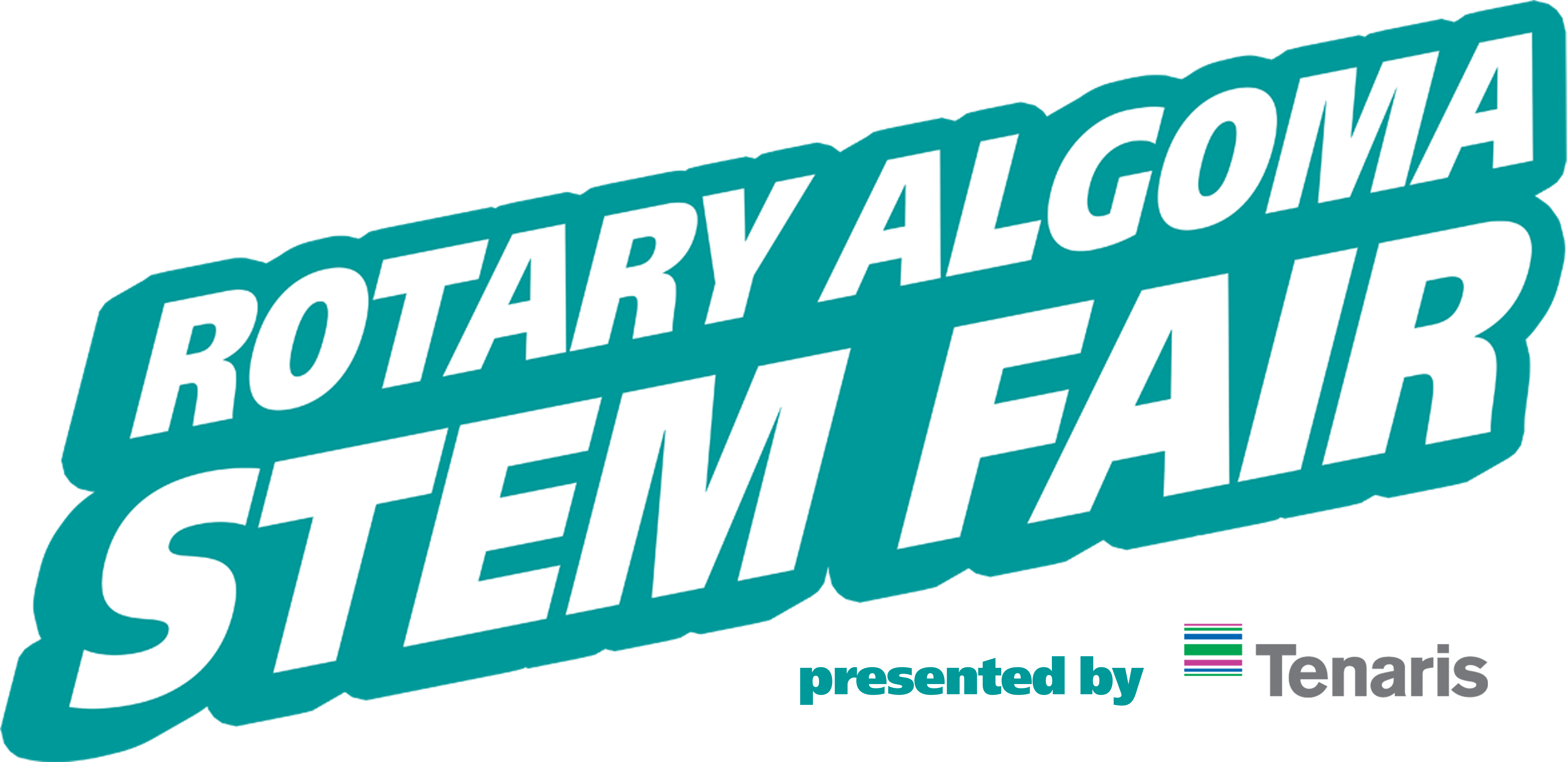For Students
Topic:
A student’s project can be one or more experiments designed to answer a particular question from the fair’s seven challenge areas: discovery, energy, environment, health, information, innovation and resources. All projects will fall under one of two general categories used by the Canada-Wide Science Fair – Innovation and Discovery. The term “discovery” refers to the discovery of something previously unknown. In contrast, innovation entails creating something unique and sophisticated.
Preparing:
When brainstorming topics, experiments, materials, and other components of your project, please reference the Youth Science Canada website for an in-depth and detailed list of rules: www.youthscience.public.doctract.com. If you are ever unsure, please feel free to contact the science fair planning committee. We would be happy to answer any of your questions.
Remember:
Record, record, record! It is best practice to keep detailed notes of the entire journey of your project, including (but not limited to) coming up with a topic, choosing material, designing the experiment(s), and conducting the experiment(s). If you do not take notes during the process, you may not be able to recreate them later.
Display:
A display can consist of backboards, title boards, presentations, and prop material.
The entire display should not exceed a maximum space of 1.2 m wide, 0.75 m deep, and 3.5m high.
Projects should have:
Science board – highlights all the key components of your project – meaning a summary of all the main parts of the scientific process. A science board can be made up of words, pictures, graphs, etc.
Journal – of experimental process to record your thoughts and observations.
Written report – A complete Project Report usually includes the following subtitles and sections. depending on the level of the project this may not require all the components. Some variation is permitted for innovation and study projects that do not follow an experimental protocol.
- Background: How your project came to be.
- Purpose: Why your project was conducted and what you hoped to achieve.
- Hypothesis: Your proposition to be tested, if applicable.
- Procedure: A brief outline of the materials and methods used.
- Results or Observations: A summary of the results of your experiment, innovation or study.
- Conclusions: What can be concluded from your results and why it is important.
- Acknowledgements: Recognition of those individuals, institutions and businesses that provided significant assistance in the form of guidance, materials, financial support or facilities for your work.
- References: Detailed references are mandatory for any specific literature referred to in the text of the report. Key sources used in the development of the project must be referred to in the text and listed in an appendix.
Items not permitted to be part of the display: Glass, breakable (e.g. porcelain), dangerous noxious, chemical, living, or explosive materials. No powder, sand/grit, or liquid will be permitted.
Judging:
Introduce yourself and your project, and your partner if you are working with one.
Take the judges through your entire project, from why you chose your topic to your final conclusions.
Remember, the judges are science-minded professionals who are trying to bring out your best with their questions. Listen carefully to each question they ask, and answer each one to the best of your ability. Even if you have to answer “I don’t know”, expand by adding how or where you would find the answer.
